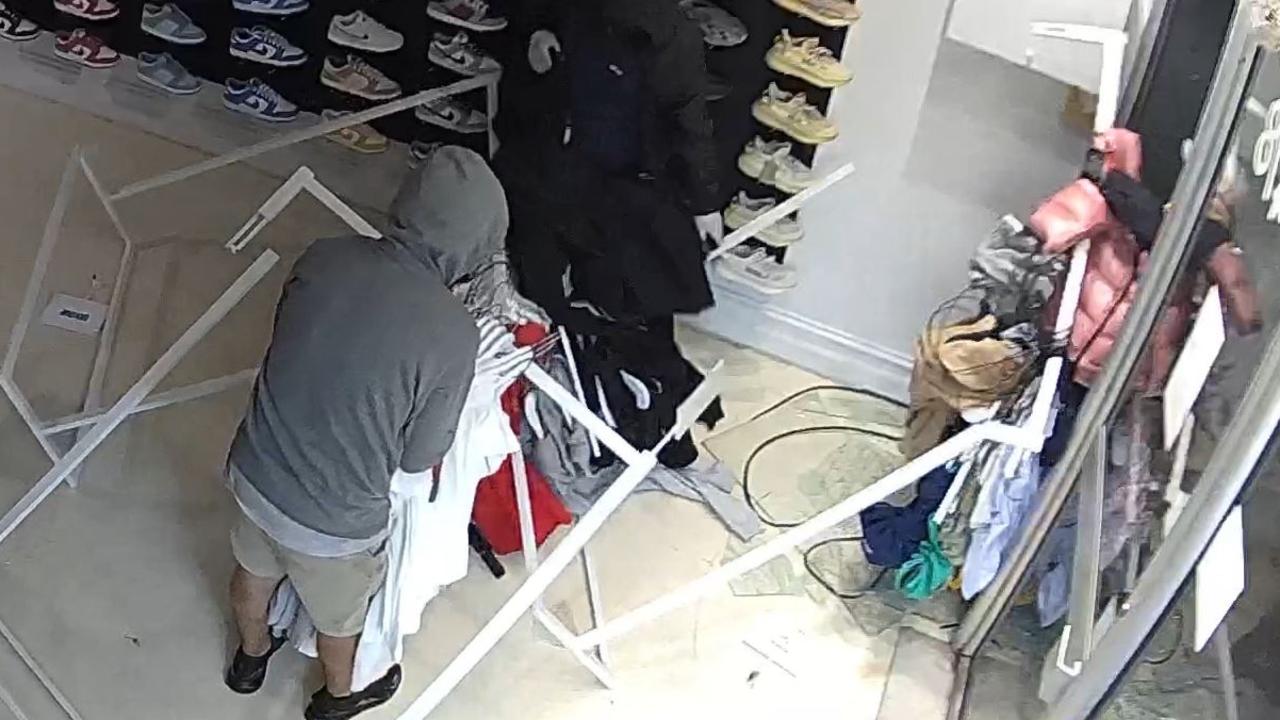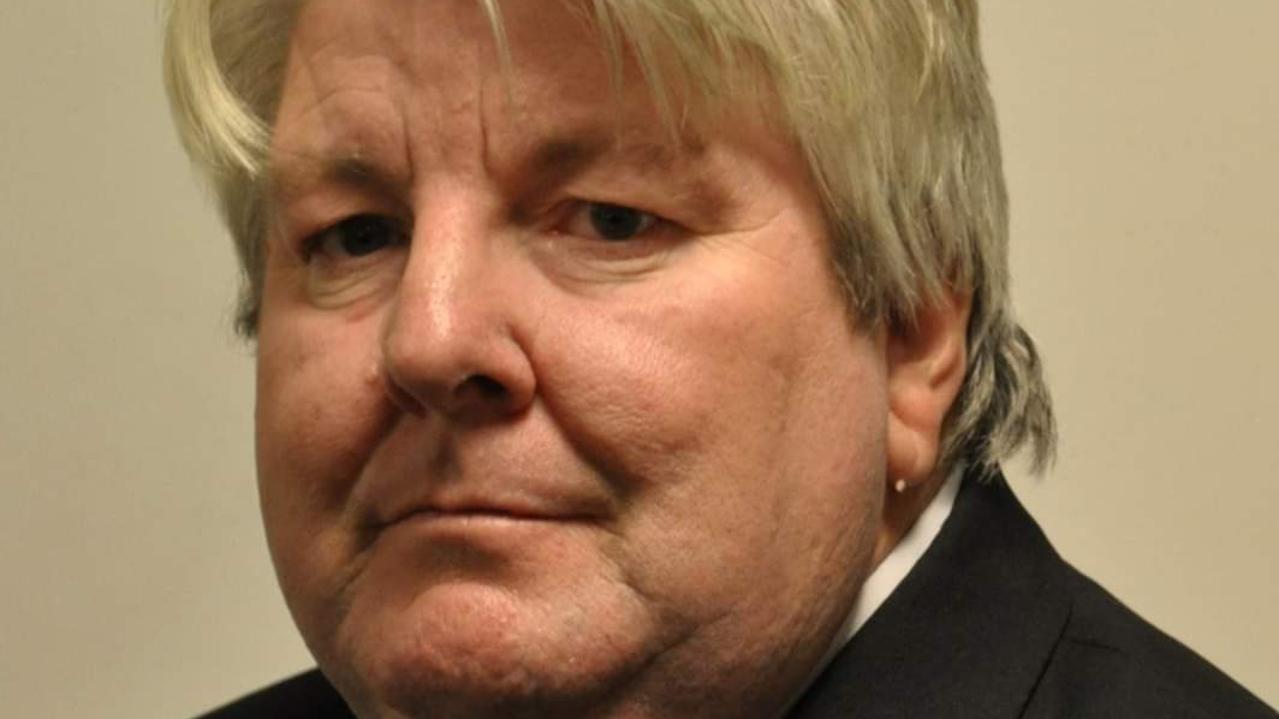What’s next for future of historic Melbourne buildings left vacant for years
A Northcote factory with a glittering past and a Warburton Weet-Bix factory are just a few of the once-proud Victorian landmarks in desperate need of a makeover. See the photos.
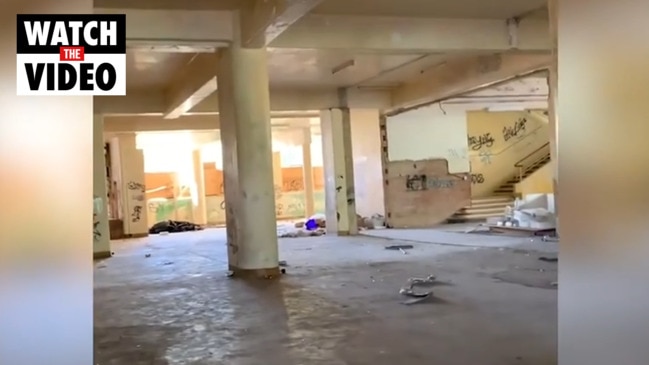
Victoria
Don't miss out on the headlines from Victoria. Followed categories will be added to My News.
A Northcote factory with a glittering backstory is one of a number of Melbourne sites left vacant for years, despite their impressive histories.
The factory at 195-209 St Georges Rd was originally the home of jewellery business The House of Hawke, whose pieces were promoted on popular TV shows In Melbourne Tonight and Pick-A-Box in the late 1950s and 60s.
According to local history buff Franc de Petro, The House of Hawke operated at the site until at least 1980, before shoe company Windsor Smith moved in.
But the factory has now been abandoned since at least 2016, and has “seen better days”.
“Most passers-by (are) unaware of its glory days as Australia’s largest and most prestigious jewellery manufacturer,” Mr Petro said.


The City of Darebin’s interim CEO Michael Tudball said a planning permit was issued for the site at the direction of VCAT in 2017, which allows the development of a six-storey building including dwellings and a supermarket.
The permit is still valid and can be acted upon.
There is no heritage overlay covering the site.
Mr de Petro, who runs the Preston Thornbury, & Northcote and the Spine the Binds Us Facebook page, said he loved discovering the history of local buildings in Melbourne’s north.

He said he got a mixed response when sharing the post about The House of Hawke site online.
“On the one hand you had younger people saying this building is beautiful, and on the other hand you have people like me who think it’s an eyesore, and a blight on the landscape,” he said.
“There was also a comment from someone saying it was their favourite building.
“Some people think it’s great, but I think it’s sad.
“It was a working business for many years.”
Mr de Petro said he was always worried about the loss of heritage in local buildings.
“Preston, Northcote and to an extent Thornbury – their built heritage is about industry.
“And factories, to a lot of people, don’t tend to be as beautiful or they don’t have the ornate features that a beautiful hotel in the city might have.
“But they are part of the history of the area.”
Warburton Sanitarium Factory
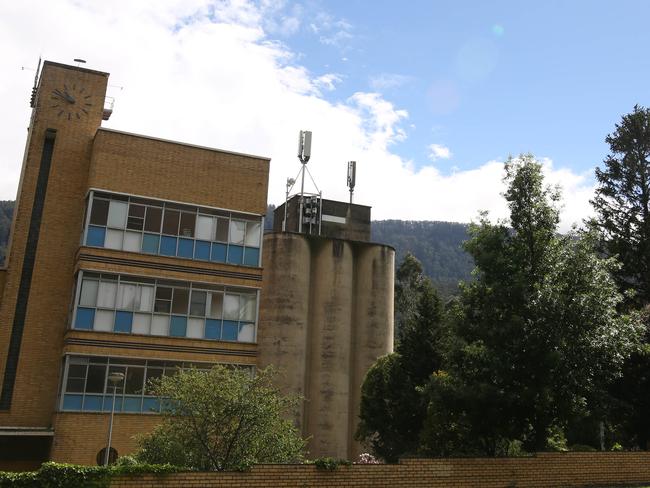
Plans are still progressing to turn the former Warburton Weet-Bix factory into a $50m spa resort.
Plans to turn the historic art deco Sanitarium building into the Edgewater Resort & Spa have been in the works since 2016, with the factory winding up its operations back in 1997.
David Pratt, spokesman for the site’s owner Garry Crockett, said they had continued to progress the plans for the resort, despite some red-tape hurdles.
“A project of this size involving such a historic building in such a pristine area of the Upper Yarra, was always going to be complex and time consuming,” Mr Pratt said.
“(But) Garry has shown amazing resilience to all the hurdles that have been thrown in front of him, as we continue to progress.”
The former Weet-bix factory has been a landmark in Warburton since its construction in 1936 by renowned architect Edward Billson.
Until its closure, it was one of the region’s most significant employers.
A landscape development plan is now being prepared for the site, looking at the connection between the building, the proposed development and the Yarra River.

Yarra Ranges Council planning and sustainable futures director Kath McClusky said the council continued to work with the landowner, their representatives and consultants to ensure “this local icon is preserved”.
The Upper Yarra River Reserves Committee of Management has also provided in-principle support for the development.
Yarra Ranges Cr Jim Child said he was encouraged that the site’s owner appeared to be making a positive move on the site.
Cr Child said the Yarra Ranges was expected to see a boom in tourists over the next decade, and more overnight accommodation was needed.
“I think what we’re hearing from Yarra Ranges Tourism... is that in the next 10 years we’re going to have a doubling — plus more — visiting our municipality,” he said.
“By 2033 we’ll go from about 4.5 million visitations every year to about 9.2 million.
“So the Warburton Valley is going to be an important part of that.”
Warburton Hospital

The Warburton Hospital has been closed for more than a decade, much to the frustration of local residents who have fought for it to reopen its doors.
The site was listed for sale in 2020, with the Herald Sun reporting it had been “immaculately maintained” since it closure, complete with sheets on its beds and an operating theatre ready to go.
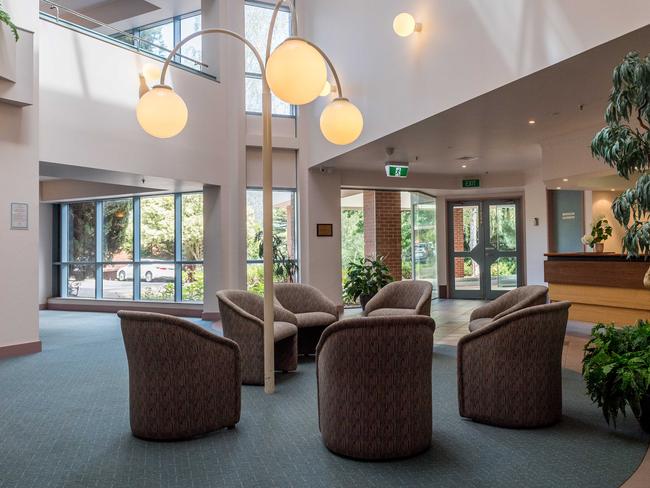
But Cr Child said the old hospital remained empty.
“It just sits there on the hill, nothing happening,” he said.
“It just gets back to the fact that these places are privately owned and it’s up to the owner or developer to come on the scene and do something with these dormant sites.”
He said he often reminisced about what the hospital was like when it was up and running.
“A lot of baby boomers in the region were born there so it’s such a significant place and it’s a shame to see it just sitting there.”
Queensbridge Hotel, Southbank
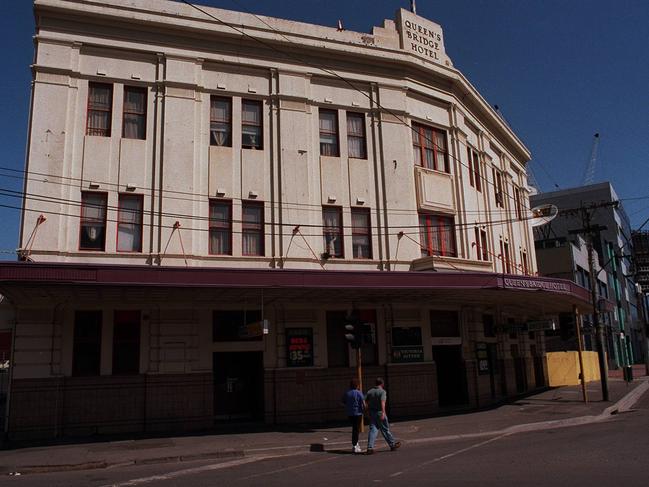
Southbank’s Queensbridge Hotel, built in 1926, has also seen better days with the once popular watering hole boarded up for years.
The hotel, which is covered by a heritage overlay and has a significant heritage grading, was turned into a nightclub called QBH in the 1990s has now been vacant for 13 years.
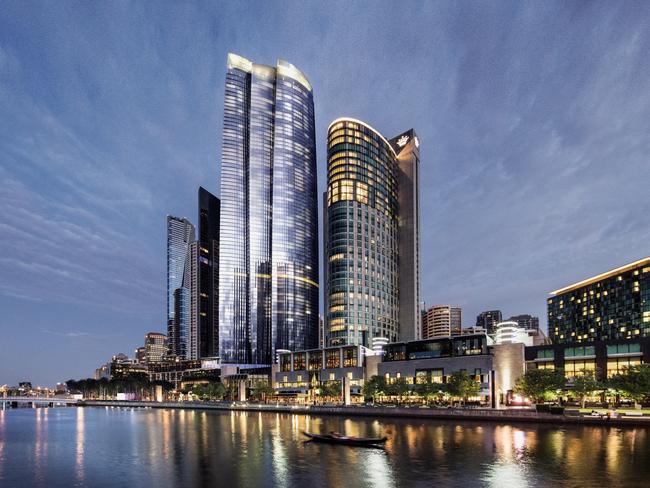
Crown revealed plans to build a $2 billion hotel and luxury apartment tower at the site in 2015 but the development never went ahead, and there are no current planning permits in place.
The Australian recently reported Crown sold the One Queensbridge development site and a private jet as part of a series of asset sales.
Burnham Beeches

The stunning art deco mansion at Burnham Beeches in the Dandenong Ranges has sat vacant for 36 years, but a new development aims to change that.
The Trenerry Consortium, which bought the Sherbrooke site from celebrity chef Shannon Bennett in 2022, announced last year it had received the go-ahead for its proposed $120m redevelopment, including a luxury hotel, wellness centre and glamping.
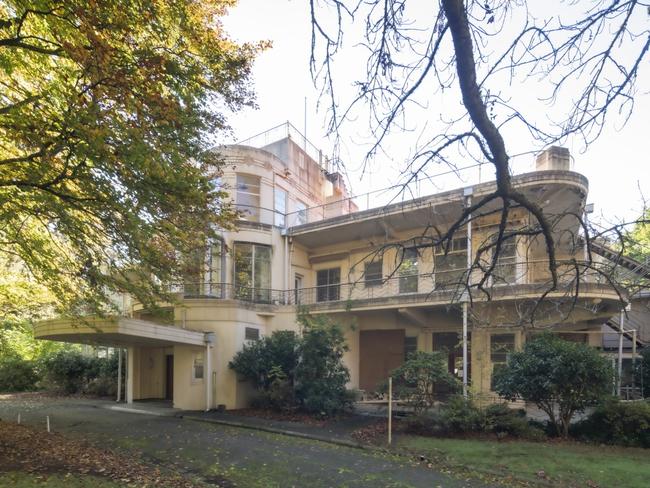
The sprawling Burnham Beeches property was the former home of Alfred Nicholas, who co-launched pain relief product Aspro in 1917.
Over the years Burnham Beeches has been used as a family home, a children’s hospital during WWII, a medical and veterinary research centre and a hotel and restaurant.
White Dog Hotel

A determined community campaign, led by Woori Yallock man Rob Hall, has been fighting for 10 years to get Lilydale’s White Dog Hotel, also known as Duke’s Saloon, reopened.
The pub in Main St dates back to 1862 but has been closed since about 2001, with locals desperate to get the beers flowing again.
“What really drives us is we can see what the White Dog could be, fuelled by memories of how it was and it’s current dilapidated and disused state,” Mr Hall previously said.
“She (the pub) has been with the community since it began and the community knows she needs help.
“We would just see new life breathed back into her and not left to rot. To be restored and brought back to the community for the community whether as gallery, a hostel or whatever the community wants it to be.”
Members of the community even rolled up their sleeves and cleaned up the facade of the hotel in 2020, getting rid of graffiti.
But their fight to convince the pub’s owner to reopen the doors has so far been unsuccessful.
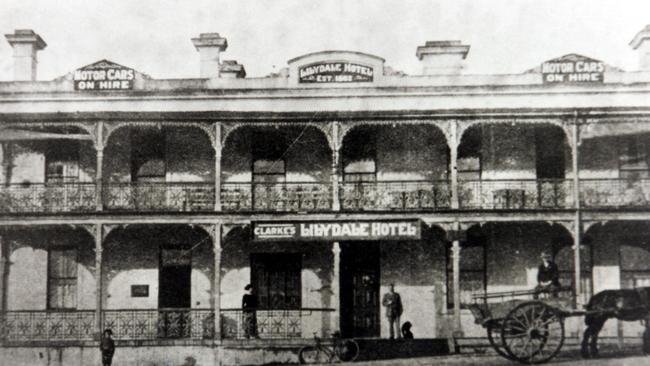
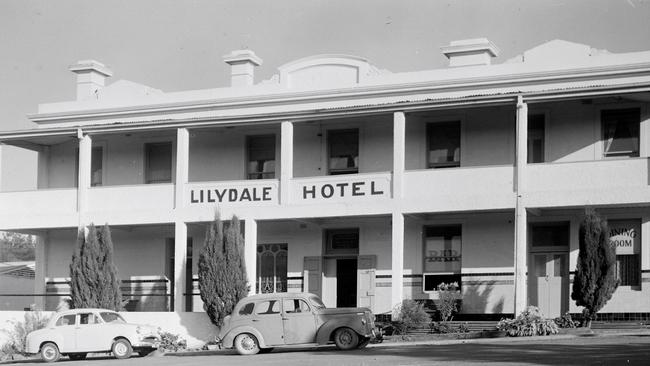
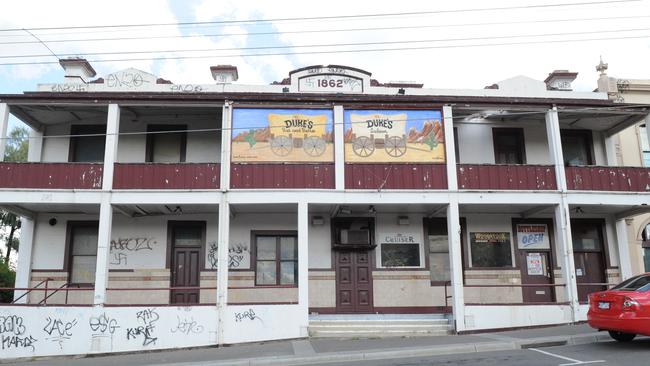
According to the Heritage Council of Victoria, it is the oldest existing hotel in the region, and played a major role in early regional development.
In 1875, the hotel was the location for Robertson and Wagner’s Coaches, with up to 40 horses stabled behind the hotel at the time.
According to the Lilydale Historical Society, the hotel became known as the White Dog during the 1920s and has always been painted white.
Former publican and owner Fred Bramich explains how the hotel got its name:
“In 1926 when the Silvan Dam was being built, Mrs Connelly, my grandmother, who was licensee, decided to purchase a white bull mastiff ‘Duke’, to help maintain law and order,” he said.
“Workers at the dam were mainly European migrants and their English was poor. When they finished work they would say, ‘See you at the White Dog’, meaning the hotel where the white dog was always on patrol.”
More Coverage
Originally published as What’s next for future of historic Melbourne buildings left vacant for years


